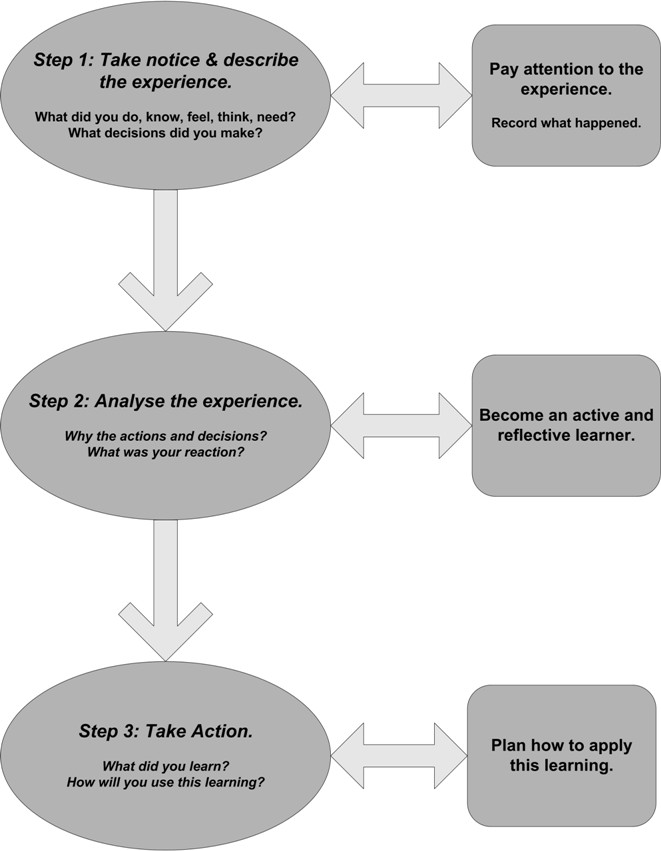Though this form of learning does appeal - and is actually one I use quite often with my HOS. We walk and work on the way to get coffee - discuss the current issues that need addressing, verbally, then action at a later point. Multi-tasking, for flexible management/learning from her to me (well, maybe sometimes from me to her... maybe...)
Our students are a mixed bunch - we have 17 year olds and we have 45 year old. Lots of differnet backgrounds, and life experience. Lots of different ideas, from vegan to farmers. Lots of different levels of skill in reading/writing/maths, computer literacy, to name a few.
I feel like I've already covered some aspects of the five dimensions in last week's post but to re-cap:
1) Time - we are somewhat flexible with some aspects (ie when students chose to engage in assessments, but there is an end date to this flexibility). As mentioned earlier, OP have an 80% attendance requirement... so not so sure that this is embracing the FL model. I love the slideshare that Ron linked us too... and I really think this is the reality - if we aren't engaging AND providing MORE than what's just contained in the resources, WHY would our learners come to listen to us? This leads to the problem of learners who are NOT self-helpers (LCL)... we always have a few, and how these guys and gals fall off the wagon.
Their problem, you may say... but have you also heard of success and retention??? Herein lies a conflict of some magnitude.
2) Delivery and Logistics - sort of flexible.
We do provide FTF facilitating, but our resources are all on line. We provide practicals and theory. There are media files and written word - but not every aspect of the course is covered by every delivery mode (as Ron points out - what does flexible learning mean to us... WORKLOAD (not his exact words...)). Ideally, we'd have all these options covered - but time and money prevail.
3) Entry Requirements - there is some flexibility in our programmes, from no requirements to prerequisites. This is set by our school and institution, though individual PMs can make judgment calls on entry as well. So it's not rigid.
4) Content
I guess there is some flexibility around content - we can teach to more than is required, but we can only assess to the unit standard. This is maybe where the value of FTF for the over and above aspects of the course, or the extra for experts, comes in. If you want to be average, learn from the note. If you want extension, come to class... just thought.
5)Instructional Approaches and Resources
Relative freedom and autonomy here - see above. I can see that the same can apply. However, we'd have to remember also that some learners come to listen and DO, not read at home. We could provide audio "lectures" for the course material, and still choose to be the "inspiring extenders" that slide share powerpoint talks about. If only there was enough time to actually DO this, AND our learners were so engaged that this would really work. I have probably 6/30 that would! Something I am doing wrong in engaging the rest... ???? Could be that FL is where it is at. I get the sense that there'd be a teething period first, to get this to work. To change the style, and delivery, and get the engagement. There is an element, even for these young kids, of this being a new idea, and the difficulty of teaching old dogs new tricks, is not new.
Regarding the three-step reflective framework - I guess this is what I've been working on this year around changes made to the fulltime programme. We have tried to incoorporate more flexibilty around learning - more practical skills, more fun, less stressy stuff (closed book assessments, surgery being off limits until term 2) - and have also changed some assessment processes that did not work well last year.
I don't really think about this in detail each time (and I should maybe formalise it more, even if just so there's a more robust "history" of what has gone on), but everytime a change is made, it's via thinking about how it was, how that worked, or didn't work, and how we can make learning better and more accessible, less frightening, and produce better work-ready graduates, that have had flexibility in their learning pathways, whilst still be robust graduates at the end.
Just a few things to thnk about.... and maintain success and retention and work within a budget. LOL.
